stainless steel sand surface area
2023-03-06T14:03:11+00:00
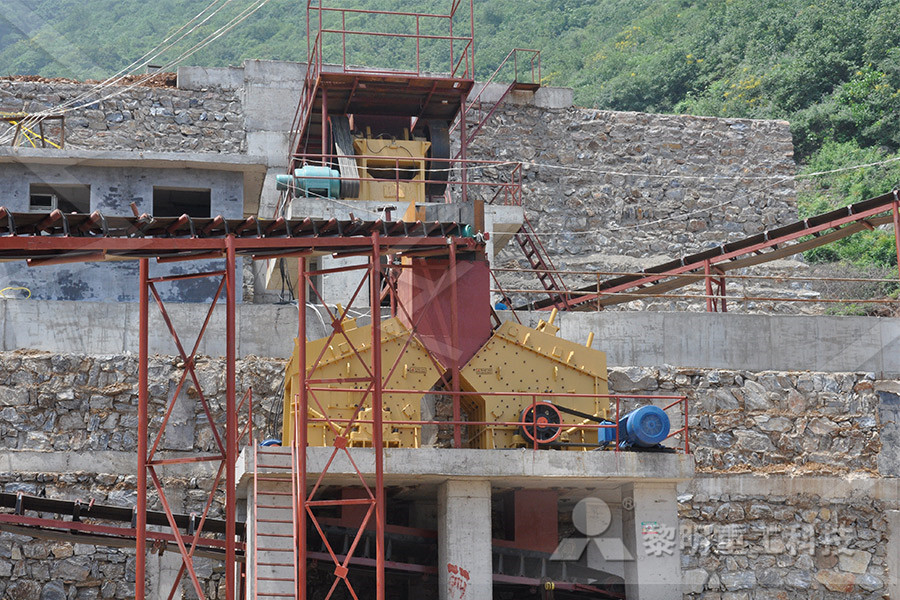
Roughness measurements of stainless steel surfaces
Roughness measurements of stainless steel surfaces Introduction Ra value Surface roughness is a measure of the texture of a surface It is quantified by the vertical deviations of a real surface from its ideal form If these deviations are great, the surface is rough, if they are small, the surface is smooth Roughness is typically considered to Another cold rolled stainless steel where the process is similar to producing 2D The difference is that there is an extra step in producing 2B stainless steel surfaceStainless Steel Finishes Explained DIN ASTM stainless steel that has been exposed to the atmosphere By definition, stainless steel contains a minimum of 50% iron and 105% chromium Corrosion resistance is the result of protection conferred by a chromiumrich passive layer, which is typically on the order of 3 to 5 nm thick, or about 15 layers of STAINLESS STEEL Surface AnalysisSTAINLESS STEEL Surface Analysis Material Interface
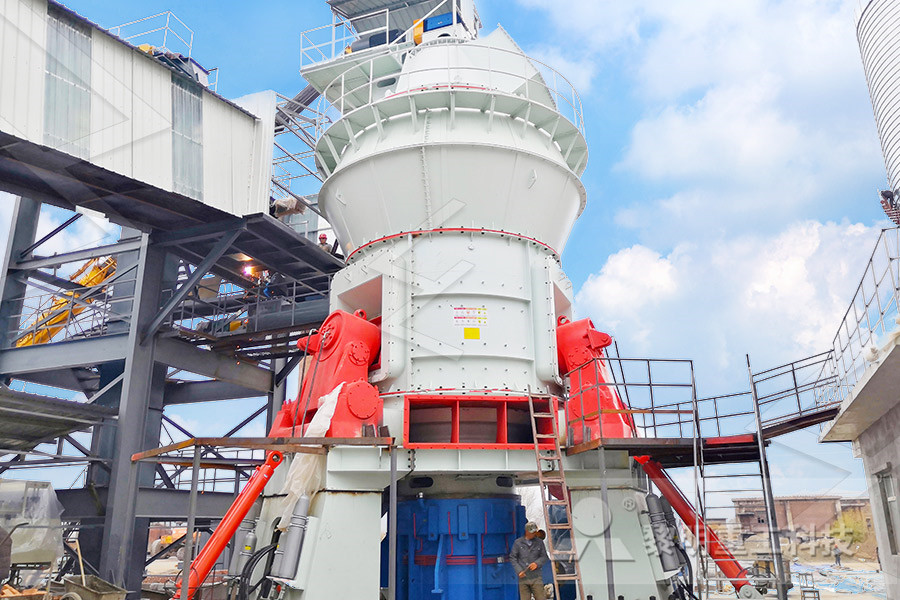
Surfaces of Stainless Steel Tubes TPS TECHNITUBE
pickled surface In the manufacture of stainless steel tubing, the type of final heat treatment has an important influence on the quality of the tube surface The standard specifications for stainless steel tubes require the tubes to be delivered with a scale free surface A brush cathode with graphite instead of stainless steel and a specific surface area of 4600 m2/m3 generated substantially less current (17 ± 00 A/m3), and a flat stainless steel cathode (25 m2/m3) produced 64 ± 1 A/m3, demonstrating that both the stainless steel and the large surface area contributed to high current densitiesHigh Surface Area Stainless Steel Brushes as Cathodes A brush cathode with graphite instead of stainless steel and a specific surface area of 4600 m2/m3 generated substantially less current (17 +/ 00 A/m3), and a flat stainless steel cathode (25 m2/m3) produced 64 +/ 1 A/m3, demonstrating that both the stainless steel and the large surface area contributed to high current densitiesHigh surface area stainless steel brushes as cathodes
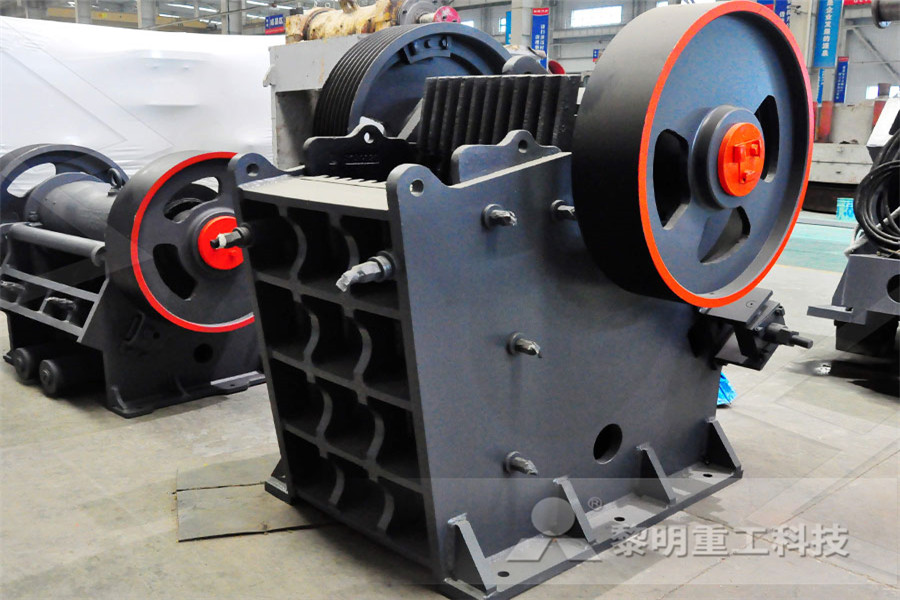
A road map for grinding and finishing stainless steel
Grinding stainless steel produces darker sparks than carbon steel, but they still should be visible and projecting away from the work area in a consistent manner Sand Blasting is the use of compressed air stream sprayed on quartz sand stainless steel pipe surface cleanup or modification of the surface processing Sand blasting can be divided into Dry sand blasting And Wet Sand Two kinds The role of blasting a lot, it can remove the stainless steel tube,castings, forgings, or after heat treatment the oxidation of the surface skin, but also can remove Sand Blasting Stainless Steel Pipe Sand Blasting Materials Commercial AISI304 austenitic stainless steel foils 05 mm thick were processed to obtain samples with an area of 100 mm 2This material was chosen since it is used for certain Surface micro and nanotexturing of stainless steel

Characteristics of Food Contact surface materials
Most of the stainless steel used in the fabrication of food equipment is of the austenitic AISI 300 series Approximately 50% of all stainless steel produced is 304 stainless steel, formulated at 18% Cr and 8% Ni As shown in Table 3, type 316, austenitic stainless steel stainless steel that has been exposed to the atmosphere By definition, stainless steel contains a minimum of 50% iron and 105% chromium Corrosion resistance is the result of protection conferred by a chromiumrich passive layer, which is typically on the order of 3 to 5 nm thick, or about 15 layers of STAINLESS STEEL Surface AnalysisSTAINLESS STEEL Surface Analysis Material Interface ance of stainless steel In this case, postfabrication treatments are necessary to restore the corrosion resistance, the hygienic and aesthetic qualities of the stainless steel’s surface The procedures used are usually determined by the corrosivity of the environment, the application, the corrosion resistance of the steel grade selectedPostfabrication surface treatment of stainless steels
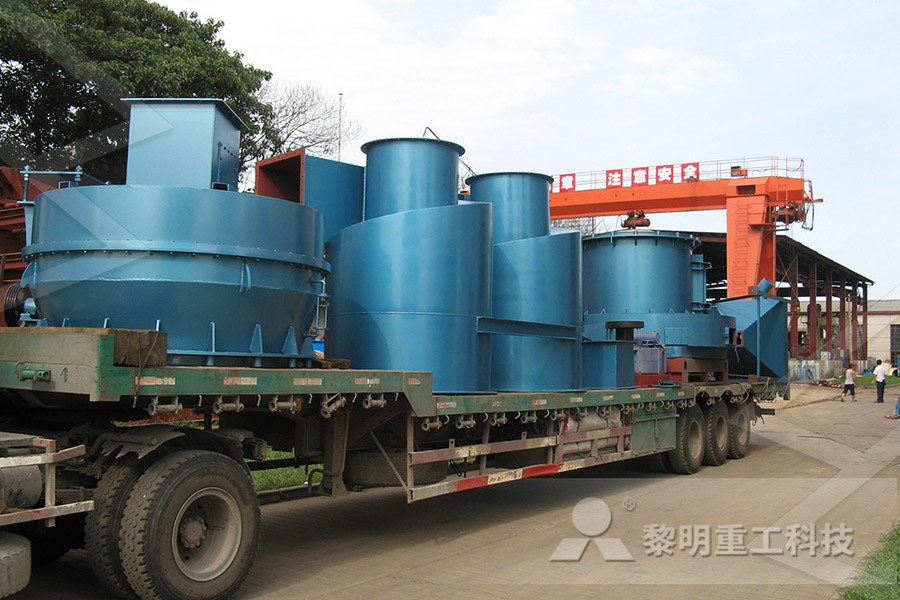
Stainless Steel 14435
For cleaning the surface the processes brushing, grinding, pickling or blasting (ironfree silica sand or glass spheres) can be applied For brushing only stainless steel brushes can be used Pickling of the previously brushed seam area is carried out by dipping and spraying, however, often pickling pastes or solutions are used Gently sand the area for a few minutes If the scratch persists, move up in the grit of the sandpaper, but don't expand beyond 600 grit so as not to damage the stainless steel surface Once the mark is gone, sand over the rest of the area to blend in and buff out the area with a stainless steel How to Remove Scratches From Stainless Flatware Before beginning work on the scratch, clean the surface of the stainless steel thoroughly to remove any dirt or oily film Use a vinegar solution followed by a good rinse or use a cleaning product specifically designed for stainless steel When the scratch is gone, revert to the finer sandpaper and sand lightly over the work area, then How to Remove Scratches From Stainless Steel Hunker
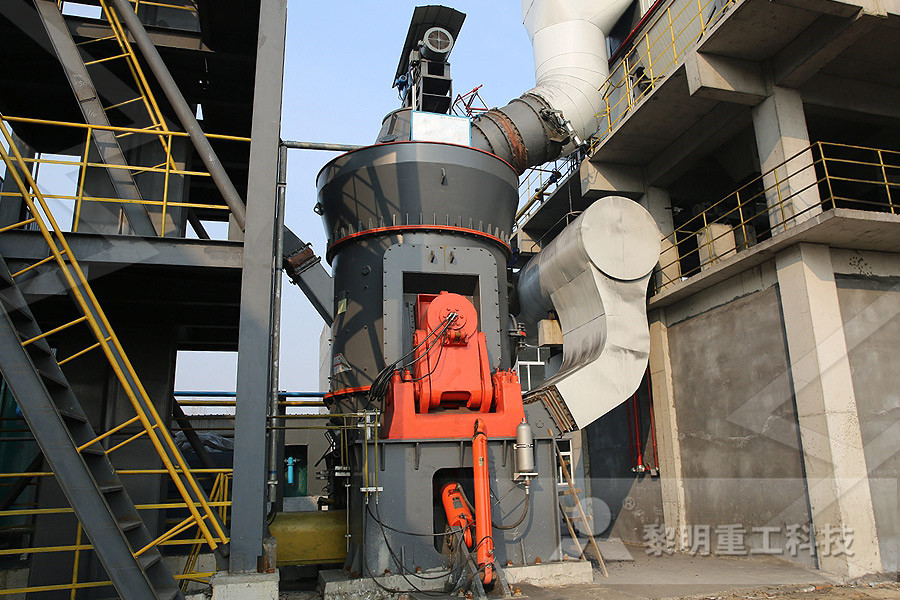
Stainless Steel Sand Casting at Best Price in India
Find here online price details of companies selling Stainless Steel Sand Casting Get info of suppliers, manufacturers, exporters, traders of Stainless Steel Sand Casting for buying in India Materials Commercial AISI304 austenitic stainless steel foils 05 mm thick were processed to obtain samples with an area of 100 mm 2This material was chosen since it is used for certain Surface micro and nanotexturing of stainless steel 1 Corrosive wear behaviour of various stainless steel alloys and a Stellite 6 weld cladding FBrownlie1*, THodgkiess2, APearson3, AMGalloway1 1Department of Mechanical Aerospace Engineering, University of Strathclyde, Glasgow, UK 2Porthan Ltd, Lochgilphead, UK 3Weir Engineering Services, East Kilbride, UK Abstract This study has comprised an investigation the corrosive wear Corrosive wear behaviour of various stainless steel alloys
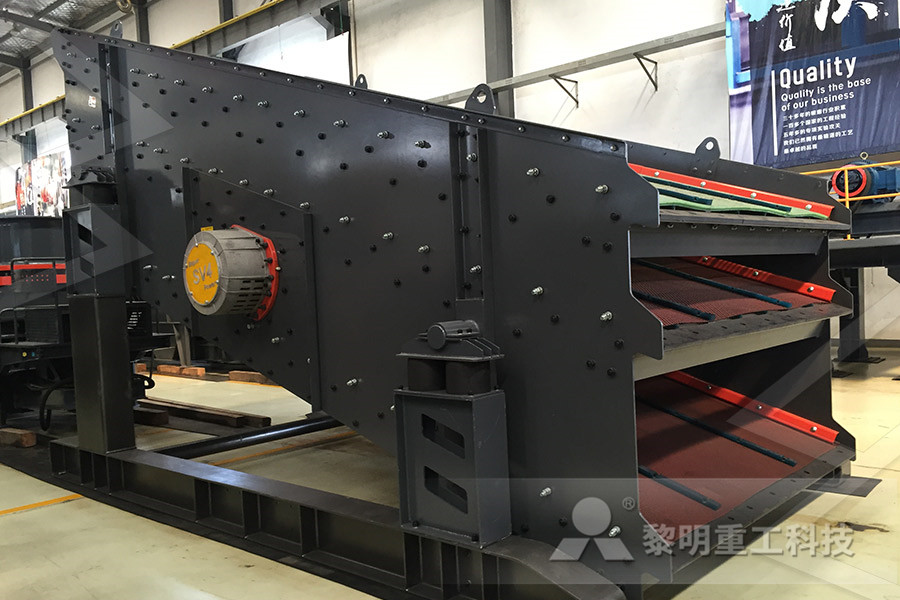
Surface Contamination of Stainless Steel Resulting in
Stainless steel do rust when it's surface is in active condition Any metal when exposed to atmosphere produces its oxide layer at the surface Rust is nothing but oxidation of Iron Stainless Steel is a combination of Iron,Nickel Chromium and a few other elements To avoid rusting stainless steel surface has to be passivated What is passivation? According to ASTM A380, passivation is "the removal of exogenous iron or iron compounds from the surface of stainless steel by means of a chemical dissolution, most typically by a treatment with an acid solution that will remove the surface contamination, but will not significantly affect the stainless steel itself"Passivation of Stainless Steel Products Finishing For cleaning the surface the processes brushing, grinding, pickling or blasting (ironfree silica sand or glas spheres) can be applied For brushing only stainless steel brushes can be used Pickling of the previously brushed seam area is carried out by dipping and spraying, however, often pickling pastes or solutions are usedStainless Steel 14404 ThyssenKrupp
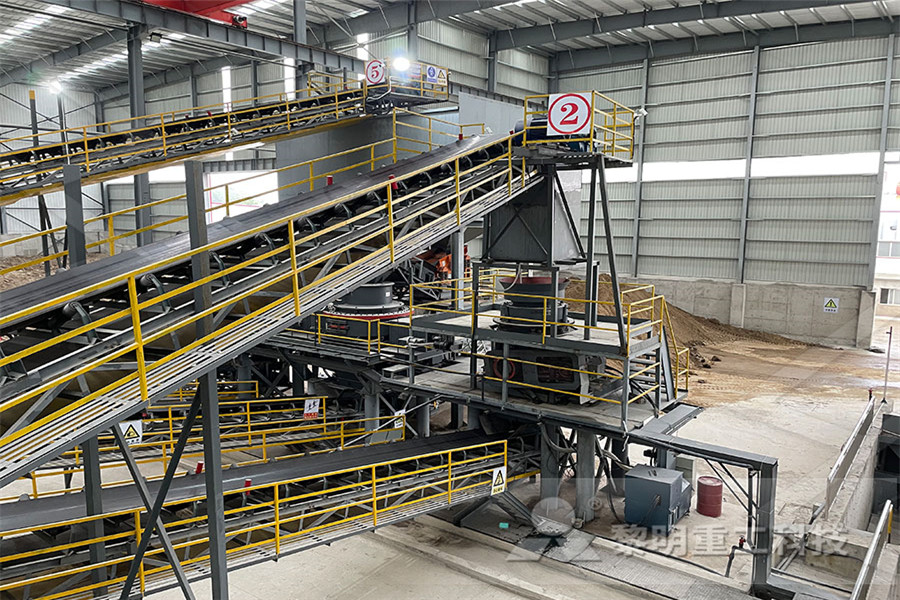
Sand Spears – PVC or Stainless Steel – DEPS
Sand Spear points are a type of bore used in shallow (less than 6m depth) unconfined aquifers Shallow installations are usually used for delivering low quantities of water for watering a garden for example Sand Spears come in both stainless steel Vwire or PVCStainless steel do rust when it's surface is in active condition Any metal when exposed to atmosphere produces its oxide layer at the surface Rust is nothing but oxidation of Iron Stainless Steel is a combination of Iron,Nickel Chromium and a few other elements To avoid rusting stainless steel surface has to be passivatedSurface Contamination of Stainless Steel Resulting in For cleaning the surface the processes brushing, grinding, pickling or blasting (ironfree silica sand or glass spheres) can be applied For brushing only stainless steel brushes can be used Pickling of the previously brushed seam area is carried out by dipping and spraying, however, often pickling pastes or solutions are usedStainless Steel 14435
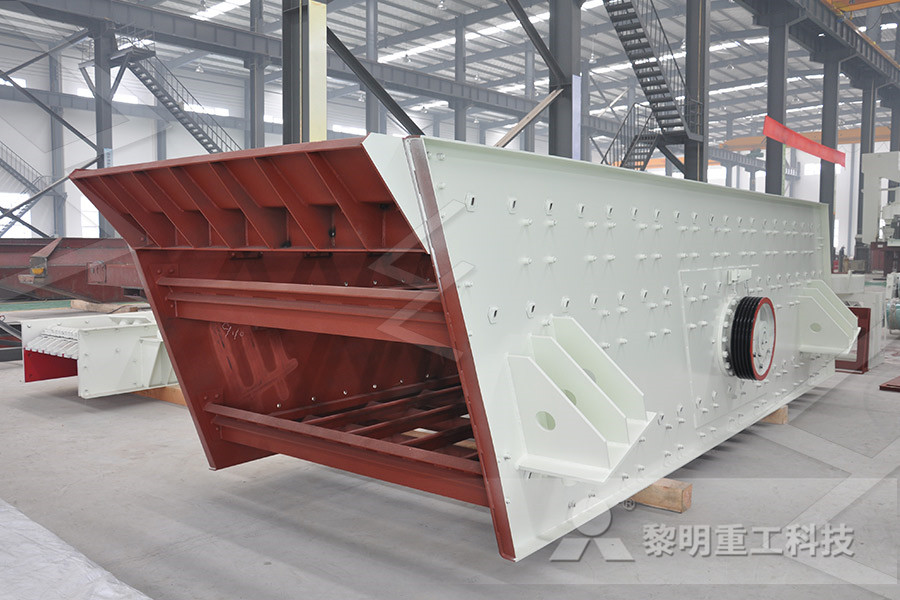
Surface treatment and corrosion behavior of 316L
Selective laser melting (SLM) is one of the most important technologies of metallic additive manufacturing The most outstanding advantage of SLM is the ability to manufacture workpieces of any free shape [1–3]The traditional preparation processes of stainless steels include forging, casting or extrusion casting, which not only limit the shapes of stainless steel workpieces, but also cause Grinding stainless steel produces darker sparks than carbon steel, but they still should be visible and projecting away from the work area in a consistent manner If operators suddenly see fewer sparks, it’s probably because either they’re not applying enough pressure or the grinding wheel is glazedA road map for grinding and finishing stainless steel After the welders weld the stainless steel i saw him grinding the welds to make it shiny silver but I also noticed he grinds with sandpaper the other part of the stainless steel that doesn't have any welds (for example those farther area that are hits with some burn marks) But can you really do this to polished stainless surface in the say Grinding polished 304 Stainless surface Structural
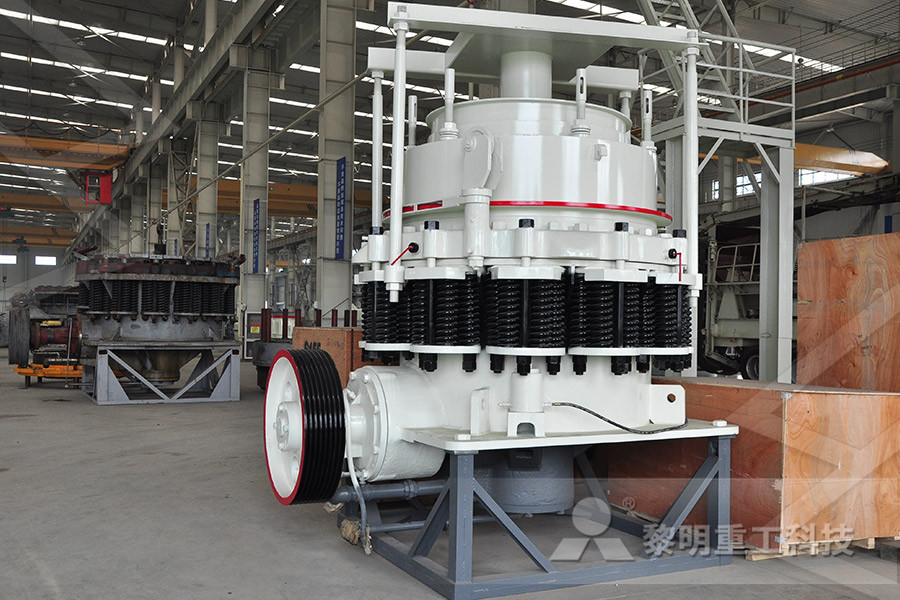
Surface micro and nanotexturing of stainless steel
Materials Commercial AISI304 austenitic stainless steel foils 05 mm thick were processed to obtain samples with an area of 100 mm 2This material was chosen since it is used for certain What is passivation? According to ASTM A380, passivation is "the removal of exogenous iron or iron compounds from the surface of stainless steel by means of a chemical dissolution, most typically by a treatment with an acid solution that will remove the surface contamination, but will not significantly affect the stainless steel itself"Passivation of Stainless Steel Products Finishing The cutting force per unit area of stainless steel can reach 90GPa, and the grinding force is 1522 times that of 45# steel High grinding resistance results in high temperature in grinding zone The l ow thermal conductivity of stainless steel that is about 1/3 of 45# steel makes the instantaneous high temperature of 10001500℃ on the How to choose the grinding wheels for stainless steel
rock rock crushers for sale in nigeria panama
used jaw crushers for sale 400
virtical mill for sale
ated calcium carbonate powder ipoh
sale vibrating screen Exporters
mesin crusher multi guna model mm mpp
south african minerals
Different Types Of Stones Machines
Grinding Equipment Supplier china
stone crusher plant in europe
jaw crusher used anada
operation of raw mill in cement plant
india stone crushing quarry project
Used Coal Impact Crusher Provider In Angola
magnetic separator operation
industry 2013 bromine
stone stone quarry equipment dealers in germany
mobile mineral sand separation equipment
Mining Of Iron Ore In India
for sale used vibrating feeder
shingle belt nveyor muller martini
toko dan harga air micro grinder di surabaya
plants for sale on craigs list
stone crusher service providers in kerala
cis stone crusher price
mobile iron ore impact crusher manufacturer indonessia
Water Treatment Dissolved Air Flotation
bloom lake mine plant flowsheet
td model toper multi purpose ston mills price
Counterattack Crusher Discharge Adjustment









